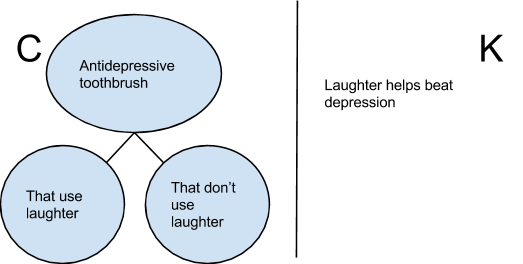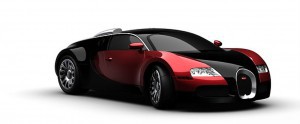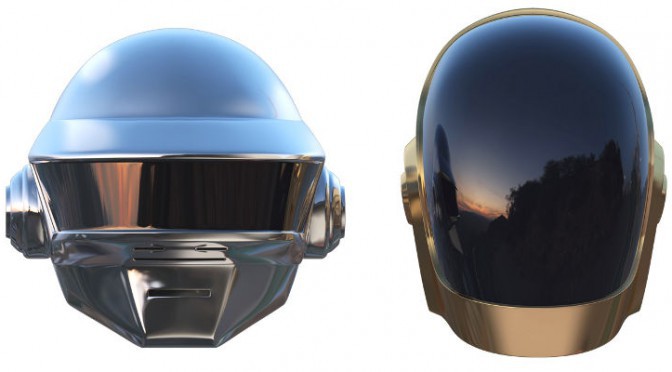The C-K Design Theory
The C-K design theory is a theory of reasoning in design, that aims to provide a single yet domain-independent approach to innovators seeking to streamline their innovation workflows.
It builds on classical design theories, then goes beyond problem-solving by stimulating truly innovative design. This is due to the fact that it includes the creative, surprising and serendipitous aspects of design.
According to the C-K design theory, the design situation can be represented by two different spaces : the Concept space (C) and the Knowledge space (K). The Concept space is the space of the unknown, where ideas only exist. A Concept, in the C-K paradigm, is an object characterized by a certain set of properties that the creative designer can’t tell if it exists or not. Actually, it could exist since nobody can prove it is impossible it doesn’t – yet it does. A concept can’t be “decided”, thus is a seed of creativity. For instance, an “anti depressive toothbrush” is a concept : I dare you to show me one, yet we might as well create it together.
On the opposite, the Knowledge space (K) is the space of what is known for sure. It is filled with existing objects, laws of physics, past observations… Every object or assertion in the knowledge space has a logical status, i.e. is true or false. You know that “a toothbrush is used to brush one’s teeth” and “depression is a mental disorder”.
By associating knowledge to the initial concept, we can build on it by specifying it further. For instance, “laughter can help beat depression” is knowledge that I associate to the “anti depressive toothbrush” concept. I can then partition my initial concept between “anti depressive toothbrush that use laughter”… and the others!
Therefore I can’t get fixed on my initial idea of using laughter for my toothbrush, since I had to write down that those not using it could as well be designed. C-K design theory prevents fixation effects therefore boosting creativity.
If you’re designing a chair, some knowledge could be “most chairs have 4 legs” and you would then partition your initial concept into any-number-of-leg chairs (even a no leg chair !). Those are called “expansive partition” since they break the dominant design of the chair object.
The design process concludes when a concept far down in the concepts tree calls for knowledge creation, and this newly acquired knowledge enables fulfillment of the concept.
What about Open Innovation then ? How does the C-K design theory relate to it ?
In a certain light one could argue that both Concepts and Knowledge can be exposed in most Open Innovation workflow. Seekers carry Concepts: they have ideas, but are unable to make them real. They lack the proper Knowledge to make their concept come true. Seekers reach out to Solvers with a description of this missing Knowledge, hoping to find an expert with the Knowledge that fits their Concept and turns the initial idea into reality.
However this classical implementation of Open Innovation doesn’t take advantage of the C-K design theory to its full : it doesn’t provide a way for the Seeker to reassess it’s initial concept, or for the Solver to build on it expansively. Maybe another road in the implementation of Open Innovation to experiment with ?
Stay turned for the upcoming part 2!









